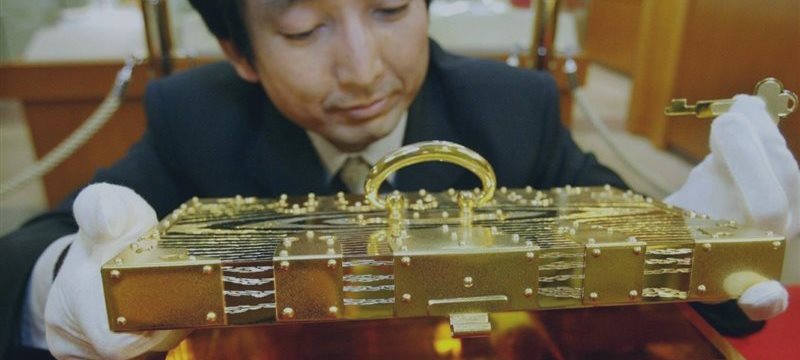The IMF’s latest international gold reserves data, updated yesterday, shows that in July, Russia raised its official gold reserves to 35.5 million ounces (1,104 tonnes).
This confirms data released last week by the Central Bank of the Russian Federation, which reported an increase of over 300,000 ounces from June’s 35.197 million ounces figure. IMF data is reported with a one month lag.
The latest IMF data also shows that in July, the National Bank of Kazakhstan added 45,000 ounces to its official gold reserves, taking its total holding to 5.1 million ounces.
According to the World Gold Council, over the last six months, Russia has now increased its gold reserves by 54 tonnes. In the same period Kazakhstan has purchased 12 tonnes.
Russia now has the world’s 6th largest gold reserves, officially higher than both Switzerland’s 1,040 tonnes and China’s 1054.1 tonnes. As a comparison, in the second quarter of 2009, Russia only had 550 tonnes of gold in its official reserves meaning that their reserves have nearly doubled in just over 5 years.
The ongoing accumulation of official gold by Russia appears to be part of a reserve diversification strategy. Gold is held by central banks as one of their reserve assets alongside foreign exchange assets including U.S. dollars and euros, and also IMF Special Drawing Rights (SDRs).
Some Russian analysts point to the threat of continued western sanctions on Russia as a renewed catalyst for the Russian central bank diversifying out of dollars and euros by increasing its gold reserves. Gold now accounts for over 12% of Russian official reserves and could reach 15% by year end if the current trend continues.
As well as Kazakhstan, other countries in the region have also actively been increasing official gold reserves this year including Azerbaijan, Kyrgyzstan and Tajikistan.
Russia is a member of the Eurasian Customs Union along with Kazakhstan and Belarus. The Eurasian Customs Union is a precursor to a Eurasian Economic Union which the three countries hope to establish by 2015 which will be modelled on the European Union.Russia, Kazakhstan and Belarus are also members of the Eurasian Economic Community along with Kyrgyzstan, Uzbekistan and Tajikistan, and all six countries are members of the Shanghai Cooperation Organisation (SCO) alongside China.



